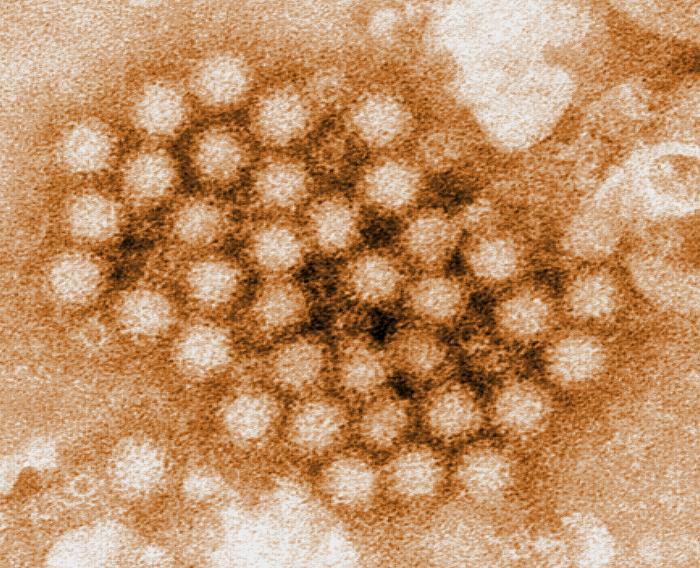Spokane Regional Health District (SRHD) and its partners are aware of increased stomach illness among several patrons associated with House of Charity shelter. Over the weekend, twelve patrons with nausea, diarrhea, and vomiting were evaluated at area hospitals. The symptoms are consistent with norovirus, however, health officials still await laboratory test results to confirm.
Last November, a norovirus outbreak that sickened dozens was confirmed at the House of Charity.

Individuals can get norovirus from an infected person, contaminated food or water, or by touching contaminated surfaces. The risk to the general public of acquiring this stomach illness from House of Charity patrons is considered very low.
The health district is working with House of Charity staff to identify potential sources and staff have been very responsive, including reinforcing existing policies and instituting additional measures, including disinfection of the entire shelter, particularly its portable restrooms, in use while bathroom facilities inside are enhanced and remodeled.
Said House of Charity Director, Rob McCann, “When we’re dealing with a susceptible population like the homeless, it is critical that we work closely with our medical and community partners to secure care for our sick patrons and work through a number of other important steps to stem transmission. We’re grateful for the support we have in this community in working to protect the health of our homeless population.”
Spokane Regional Health District epidemiologists are following standard procedures in investigating cases, but it is uncommon to discover the source of such an outbreak. Each year, the health district investigates dozens of intestinal illness outbreaks in Spokane County, many of which are caused by norovirus. The illness can spread quickly in closed places like childcare centers, nursing homes, schools, shelters, and cruise ships. Most norovirus outbreaks occur from November to April in the United States.
In addition to symptoms of nausea, vomiting, and/or diarrhea accompanied by abdominal cramps, some people also complain of headache, fever/chills, and muscle aches. Symptoms usually begin 24 to 48 hours after ingestion of the virus, and last 1 or 2 days. However, during that brief period, people can feel very ill. Other than drinking liquids to prevent dehydration, there is no specific treatment for norovirus infection.
Public health officials continue to emphasize individual hygiene, including carefully and thoroughly washing hands with soap and water. Alcohol-based hand sanitizers can be used in addition to hand washing.
“It is peak cold and flu season in our community right now, so regardless if this is determined to be norovirus or not, it is an important reminder for all of us to be vigilant about handwashing and staying away from others while sick,” said Dr. Sam Artzis, SRHD interim health officer.
The health district will notify the community and public when test results are confirmed. Again, though, there is very low risk to the general public of acquiring illness from this outbreak.
Related:

